Ultimate Guide to Stainless Steel Litter Boxes
by Team PULLNSCOOP on May 27, 2024
Introduction
A stainless steel litter box is a fantastic choice for cat owners desiring a durable, hygienic, and eco-friendly solution for their pet's needs. This guide focuses on how to select and preserve stainless steel litter boxes, ensuring they meet both the comfort requirements of your feline friend and your interests in maintenance ease and odor control. Stainless steel is celebrated for its resilience and ease of cleaning, characteristics that set it apart from traditional plastic boxes. Moreover, its sleek design can blend seamlessly into any home decor. As we explore the ins and outs of stainless steel litter boxes, consider how these features can enhance your cat care routine.
Choosing the Right Stainless Steel Litter Box for Your Cat
Selecting the perfect stainless steel litter box involves considering several key factors. First, size matters. Ensure the box is large enough for your cat to move around comfortably. Typically, a good rule of thumb is to look for a box that is at least 1.5 times the length of your cat from nose to tail. This prevents litter from being scattered outside and gives your pet ample space to do their business. Additionally, the depth of the box should be sufficient to prevent litter from spilling but not so deep that it's difficult for kittens or older cats to enter.
Next, think about the design. Stainless steel litter boxes come in various styles, from simple pans to those with higher sides or even enclosed tops. High-sided boxes are ideal for cats who have a habit of kicking their litter vigorously, as they help to keep everything contained. If privacy or odor control is a concern, an enclosed box with a swinging door might be your best pick. However, for cats who are hesitant or claustrophobic, an open, easily accessible design might be better.
Finally, assess the ease of cleaning. Stainless steel is non-porous, which means it doesn’t absorb odors like plastic does and is easier to sanitize. Look for boxes with smooth surfaces without crevices that can trap waste and odors. Some models also come with a removable tray or liner, making them even easier to clean.
Maintaining Your Stainless Steel Litter Box
Maintenance is crucial to extend the lifespan of your stainless steel litter box and ensure it remains a hygienic place for your cat. Regular cleaning is key. It's advisable to scoop waste daily and do a more thorough clean once a week. This involves emptying the litter, washing the box with warm soapy water, and rinsing it thoroughly. Avoid using bleach or ammonia-based cleaners, as these can be too harsh and might damage the steel or leave harmful residues.
After washing, make sure to dry the box completely before refilling it with fresh litter. This prevents rust and keeps the litter from clumping at the bottom. Additionally, while stainless steel is rust-resistant, it’s wise to keep the litter box in a dry, well-ventilated area to prevent any moisture buildup that could lead to corrosion over time.
Consider also the type of litter you use. Clumping clay litter works well with stainless steel boxes because it's easy to scoop and doesn’t stick easily to the surface. However, if you're looking for a more natural option, biodegradable litter like wood or paper-based products can also be a good choice. These litters are lighter and may need more frequent changes, but they are environmentally friendly and work nicely with the non-stick surface of stainless steel.
Enhancing Comfort and Reducing Odors
To enhance your cat’s comfort and keep odors at bay, there are several strategies you can apply. Start with the placement of the litter box. It should be in a quiet, low-traffic area where your cat feels secure but still easily accessible. Avoid areas next to loud appliances or in cramped spaces, as cats might find these unsettling.
Odor control is another important factor for any litter box, but especially for indoor environments. One advantage of stainless steel is its non-porous nature, which helps prevent the absorption of odors. To minimize smells further, consider using an odor-neutralizing litter, or adding baking soda to the litter mix. Regular maintenance, as discussed in the previous section, also plays a crucial role in controlling odors.
For extra sensitive scenarios, think about supplementary methods like placing a small air purifier near the litter box or using a lightly scented room spray that's safe for pets. These additional steps help create a more pleasant and welcoming environment for both you and your cat.
FAQs about Stainless Steel Litter Boxes
What are the main benefits of choosing a stainless steel litter box? Stainless steel litter boxes offer multiple benefits over traditional plastic options. They are more durable, meaning they can withstand the wear and tear of daily use without getting damaged easily. Stainless steel is also non-porous, which prevents odors from absorbing into the material, unlike plastic. This feature makes it easier to clean and helps maintain a fresher environment both for you and your cat. Furthermore, due to their sleek design, stainless steel litter boxes can seamlessly fit into various home decor styles, making them a practical yet stylish choice for pet owners.
How do I choose the right size stainless steel litter box for my cat? Choosing the right size for your stainless steel litter box is crucial for your cat's comfort. It should be at least 1.5 times the length of your cat from nose to tail. This size ensures your cat has enough room to maneuver comfortably, which helps prevent litter from being scattered outside the box. The depth is significant too; it should be sufficient to prevent litter spillage while being shallow enough for kittens and senior cats to access easily.
Can stainless steel litter boxes really help with odor control? Yes, stainless steel litter boxes can significantly help with odor control. The non-porous nature of stainless steel means it won’t hold onto odors like plastic, which tends to absorb smells. To enhance odor control further, you can use odor-neutralizing litter or add baking soda to the litter. Regular cleaning and maintenance also play a crucial role in keeping odors at bay, ensuring a hygienic environment within your home.
What cleaning agents should I avoid using on my stainless steel litter box? For maintaining your stainless steel litter box, it is advised to avoid harsh chemicals such as bleach or ammonia-based cleaners. These substances can be too harsh and might damage the stainless steel finish or leave behind harmful residues. Instead, use warm soapy water for regular washing as it is effective and safe for both the box and your cat. After washing, always ensure the box is thoroughly dried to prevent rust and to maintain the integrity of the litter box.
How often should I clean my stainless steel litter box and change the litter? Regular maintenance is key to keeping your stainless steel litter box in its best condition. It is recommended to scoop out waste daily to prevent accumulation. For a thorough clean, completely empty the litter box and wash it using warm soapy water at least once a week. Rinse it well and make sure to dry it entirely before refilling it with fresh litter. The frequency of changing the litter depends on the type of litter you use. Clumping clay litters might need less frequent changes compared to lighter, biodegradable alternatives. Regular maintenance not only helps in controlling odors but also ensures a hygienic and comfortable spot for your cat.
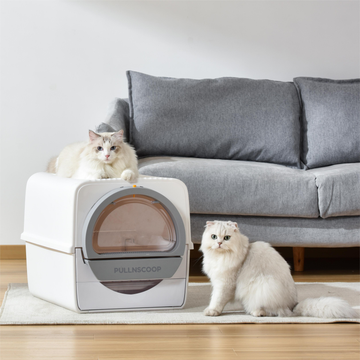


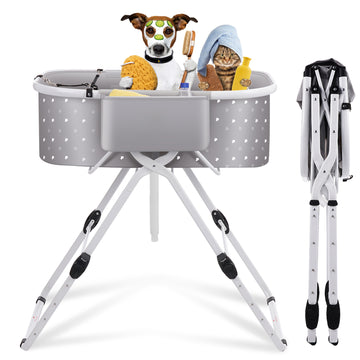
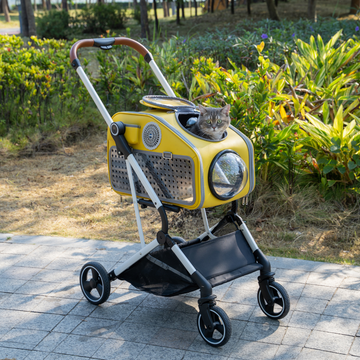

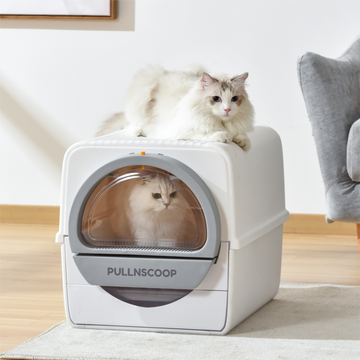


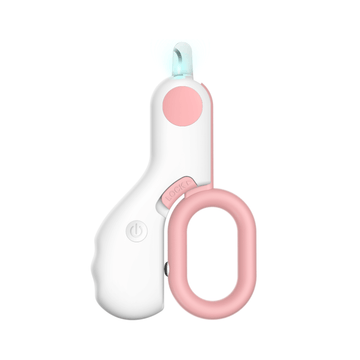

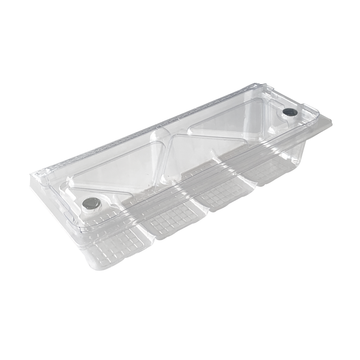
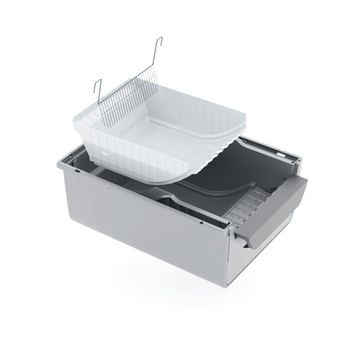
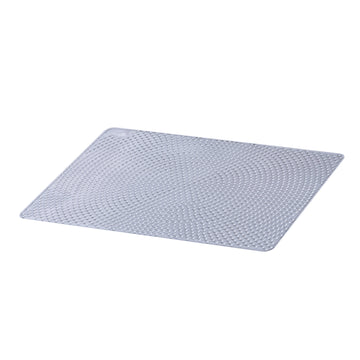
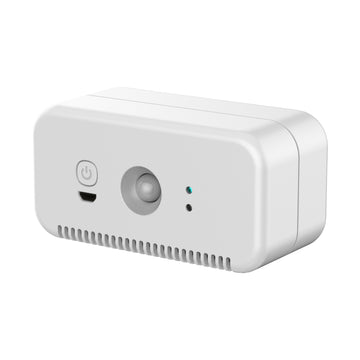

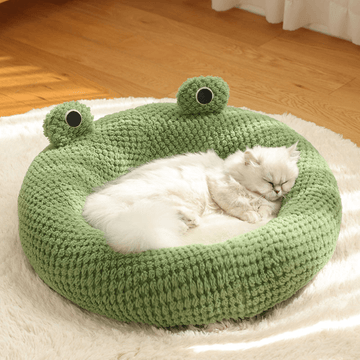


DIY Stainless Steel Litter Box Solutions
The Impact of Stainless Steel Litter Boxes on Cat Health
How to Clean Your Stainless Steel Litter Box
Stainless Steel Litter Boxes: User Reviews